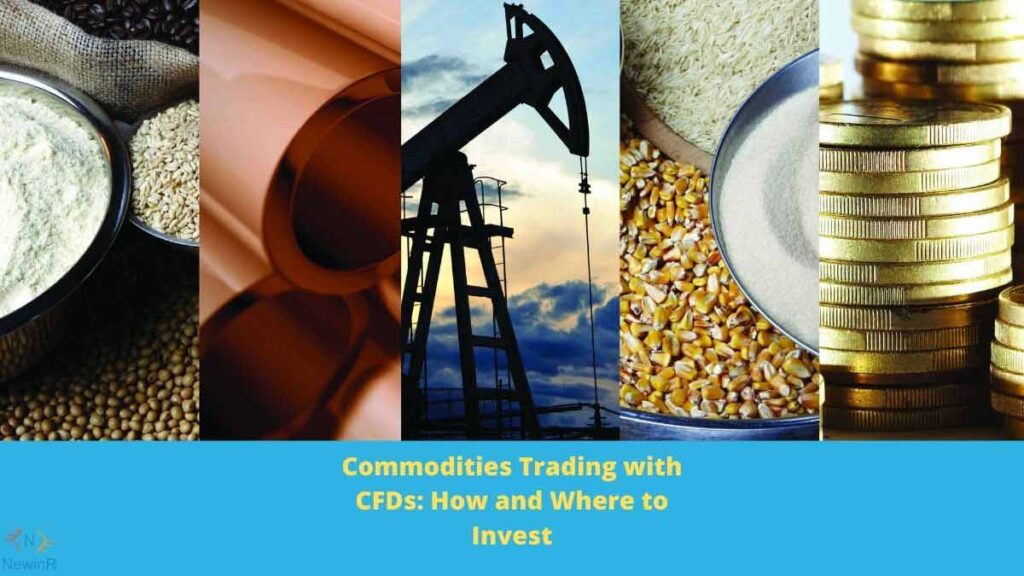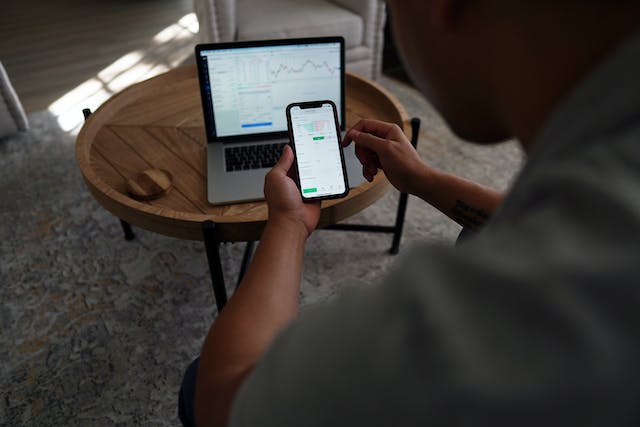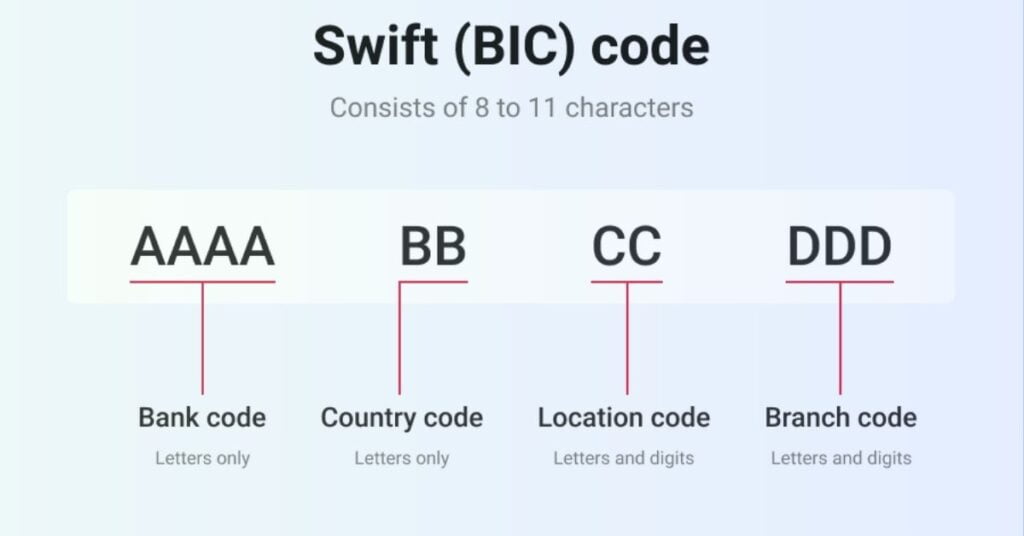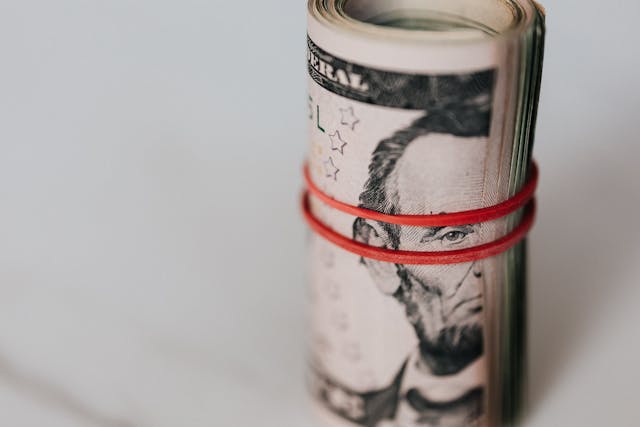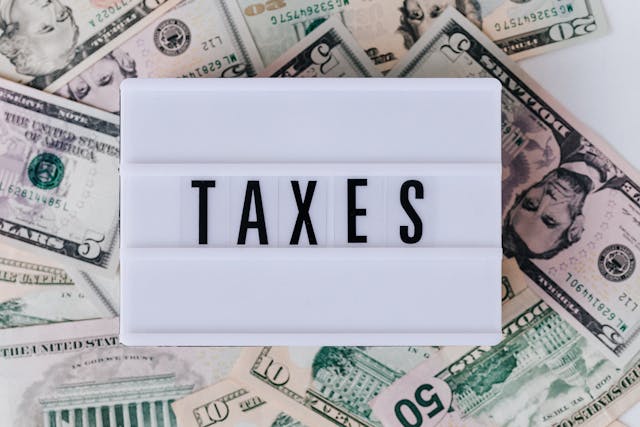CFD (Contracts for Difference) trading is becoming more popular among experienced investors, although it is open to anyone. Most online Forex brokers offering commodity CFDs are giving options to trade different types of assets using CFDs. It is a potentially high-risk trading method, but you may reduce your risk exposure if you understand how CFD trading works.
Short and Long CFD Trading Explained
You can speculate on price swings in either direction when you trade CFDs. So, in addition to simulating a typical trade that profits when a market increases in price, you may open a CFD position that yields when the underlying market falls in price. In contrast to buying or going long, this is called selling or ‘going short.’
If you believe Apple’s stock will fall in value, you can sell a CFD on the stock. You’ll still trade the difference in price between now and when you open and exit your position, but you’ll benefit if the shares drop in value and lose if they rise in price. After the position is closed, profits and losses on long and short bets will be realized.
Leverage in CFD Trading Explained
Because CFD trading is leveraged, you can access a large position without spending the entire cost upfront. Assume you wanted to open a 500-share investment in Apple. In traditional trade, this would entail paying the whole cost of the shares upfront. On the other hand, a contract for the difference may require you to put up 5% of the cost.
While leverage allows you to spread your cash more widely, keep in mind that your profit or loss will still be based on the total amount of your investment. In our example, that would be the difference between the value of 500 Apple shares from when you started the trade to when you finished it. As a result, gains and losses can be greatly exaggerated compared to your initial investment, and losses can even outweigh deposits. As a result, it’s critical to monitor your leverage ratio and ensure that you’re trading within your means.
Margin Explained
Because the money necessary to open and maintain a position – the margins – reflects only a portion of its overall size, leveraged trading is referred to as ‘trading on margin.’
There are two different kinds of margins when dealing with CFDs. A deposit margin is required to establish a position. A maintenance margin may be necessary if your trade is on the verge of losing money that the deposit margin – and any additional cash in your account – can’t cover. If this happens, you may receive a margin call from your supplier requesting you top up your account’s money. If you don’t add enough money to the account, the position may be cancelled, and any losses may be realized.
How to Trade CFDs on the Internet
You can start a CFD (Contracts for Difference) Trading Account with a firm like IG if you know the dangers and want to begin trading online. Opening an account is free; however, each trade will incur a fee as a spread or fee.
These platforms have a minimum contract size for new clients, albeit you will be forced to deposit a margin. Trading CFDs can be an effective strategy to obtain exposure to financial markets with less capital once you start (but more risk). Before making any investment decisions, always seek professional advice.
CFD Trading and Gold Prices
Using gold as an example, we know that demand for precious metals began to plummet in Q4 of 2017, and prices followed suit. Indeed, gold prices have fallen below $1,250 per ounce, with some analysts predicting that they would fall considerably lower by the end of 2018, maybe below $1,150 per ounce. The expected drop is due to increased investment bond yields and strong tax measures in the United States scheduled for 2018.
Gold prices can swing either way, so it’s essential to monitor economic statistics, particularly U.S. interest rates, which directly impact gold market prices. You should go “long,” which means buy if you believe gold prices will climb. However, you should go “short” or sell if you think gold prices are more likely to decline.
Traders that correctly predict the market move profit in multiples of the number of CFD units traded. If you get it incorrectly, you will lose money if the price movement goes against you.
Risks of CFD Trading
CFD trading is appealing since it requires a small percentage of the full value of the traded item. Trading margins can be as little as 1%, so if you take a $20,000 position, you may only need to put down $200 — not a hefty sum for an armchair investor.
If you have a profit margin, your money is based on the asset’s total value. As a result, your profits could soon exceed the tiny margin investment required to retain the CFD. However, if you make a mistake and lose money, you could lose much more than your original investment. The primary risk of CFD trading is precisely this. You may be charged a holding fee if your positions are still open at the end of the trading day – i.e., held overnight. Depending on whatever trading platform or broker you use, there will also be service fees.
Conclusion
Suppose you want to hedge your investments in the underlying shares and assets that CFDs represent. In that case, CFD trading can be highly beneficial and successful, especially if the market is turbulent. Of course, you can merely trade CFDs on their own as well. You don’t have to have any other investments besides CFDs to use them as a hedging tool. Before you start trading CFDs, completely grasp the dangers involved.
Thanks For Visiting this website any doubts, you can comment below; if you want the latest updates on this helpful information, follow Google News.
The information on this page is provided on an “as is” basis with no guarantees of completeness, accuracy, usefulness, or timeliness. As an independent third-party content provider provides the information on this page, no warranties or representations exist.

